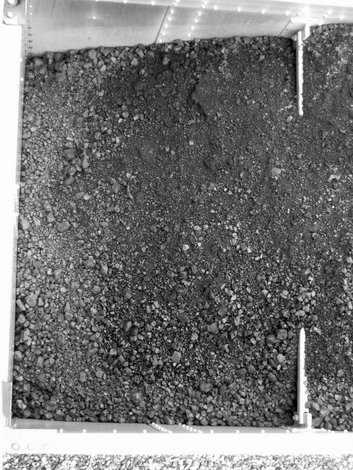Tell them what Architecture 2030 says about coal:
Because coal is the only fossil fuel plentiful and supposedly cheap enough to push the planet to 450 parts per million (ppm) of carbon dioxide (CO2) in the atmosphere. Because reaching 450 ppm (or possibly less) triggers potentially irreversible glacial melt and sea level rise.
Because 53% of Americans live in and around coastal cities and towns and, beginning with just one meter of sea level rise, many of these cities and towns will be inundated.
Scientists are forewarning that at approx. 450 ppm CO2 in the atmosphere, we will trigger potentially irreversible glacial melt and sea level rise “out of humanity’s control.” We are currently at 385 ppm, and are increasing atmospheric concentrations of CO2 at approx. 2 ppm annually. At this growth rate, we will reach 450 ppm in 2035 . . .
In the US, there are over 600 existing coal plants and 151 new coal plants in various stages of development.

Tell them that there is a smarter and better way. And a cleaner way. Tell them that mining coal is not only ugly, it’s dangerous for miners and everyone else.
Tell them to take a close look into a train car full of coal (as I did yesterday) and to ask themselves if coal looks like the fuel of the future.

I thought about coal as I noticed a train loaded with coal go by (I took these photos). I thought about how little most people know …



